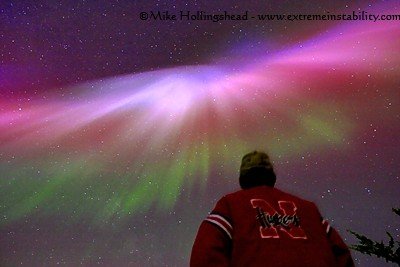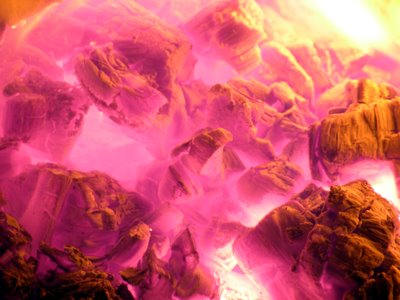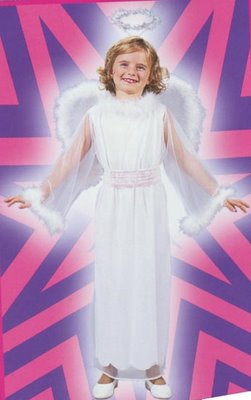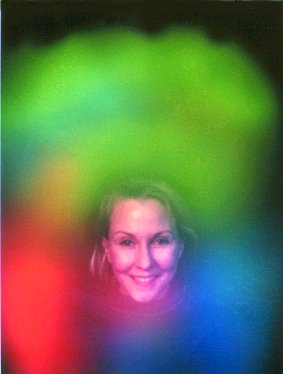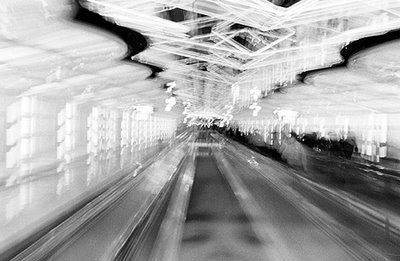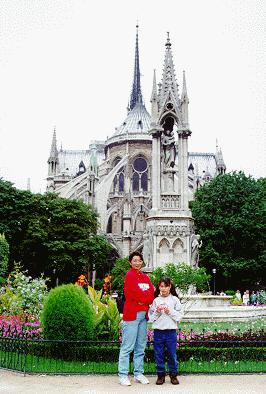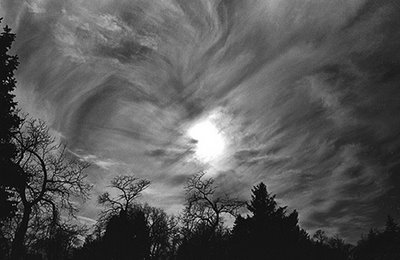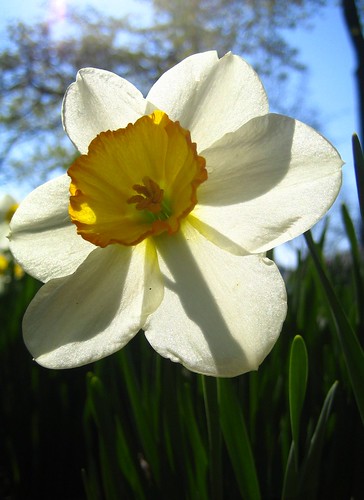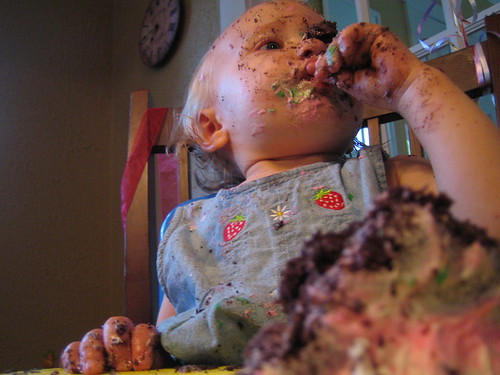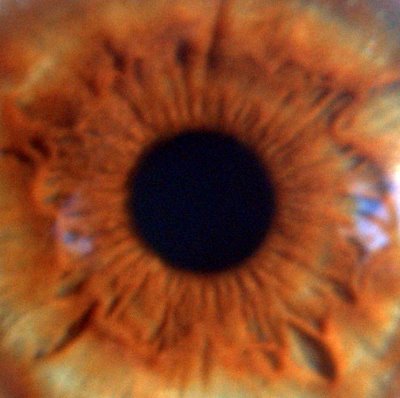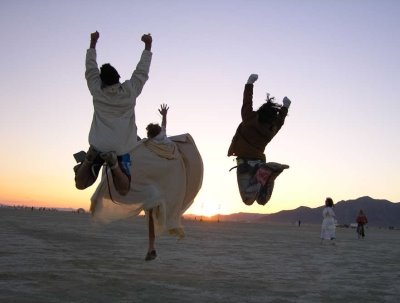 Do you remember those anti-drug public service announcements on TV that encouraged teenagers to substitute drugs with music or skateboarding or underwater basket weaving? Well for me, photography is the anti-drug. The reason is simple. I've always been fascinated by light. Even before I got into taking pictures, I would notice changes in the light wherever I was. I think I'm more sensitive to light than most people because I notice things that I rarely hear people comment on.
Do you remember those anti-drug public service announcements on TV that encouraged teenagers to substitute drugs with music or skateboarding or underwater basket weaving? Well for me, photography is the anti-drug. The reason is simple. I've always been fascinated by light. Even before I got into taking pictures, I would notice changes in the light wherever I was. I think I'm more sensitive to light than most people because I notice things that I rarely hear people comment on.
When I was 19, I worked at Sears. The whole place had dim flourescent lights that made me feel depressed all the time. I had to quit after a couple months of it. A few years ago, I had an office job that required me to work at a computer all day. The CRT (cathode ray tube) monitor gave me headaches and made my left eye twitch for weeks, so I bought an LCD (liquid crystal display) monitor and the problems immediately went away.
On the positive side, I'm also aware of the constantly changing color and quality of natural light. I remember marveling at the white sunlight during my first trip to Disney World in the mid-'80s. After seeing the same color of light in places like the Canadian Rockies, Alaska, and even Chicago after a really good snowstorm, I wonder if the different color of sunlight is influenced by the pollution level. If you have some insight into that, please reply to this post.
My point in mentioning all this is to emphasize the importance of looking at light. When you think about it, most of what we look at is light bouncing off of objects. Songsforteaching.com has a fun little song that explains light propogation in more detail. Paying attention to the little differences in how light bounces off of everything will improve your photography more than anything else. For an easy example of this, take a picture of someone on an overcast day or in daylight when the sun is overhead. Now move to a shaded area and take another picture (if it's overcast, you'll have to go underneath something to really tell a difference). Which photo is more flattering?
Many photographers fail to notice the "racoon eyes" that a subject gets when they're photographed under the noon sun or an overcast sky. Compare this to the diffused lighting that a shady area provides. This desirable look can also be achieved by photographing your subject near a bright window. I typically bounce my flash off of ceilings or walls to get a similar result. This makes a world of diffence compared to firing a flash straight ahead, which is what every built-in flash does.
Bounced light maintains dimensionality (your subject looks 3D), but direct flash has a flattening effect that makes everything look two-dimensional- not always the best choice. If you do all of your shooting with a camera that only has a built-in flash but would like to benefit from bounced lighting, you can get a slave flash with bounce capability that will fire at the same time your built-in flash fires. Get pro results without the expense (or weight) of pro equipment. It really is a great time to be a photographer!
